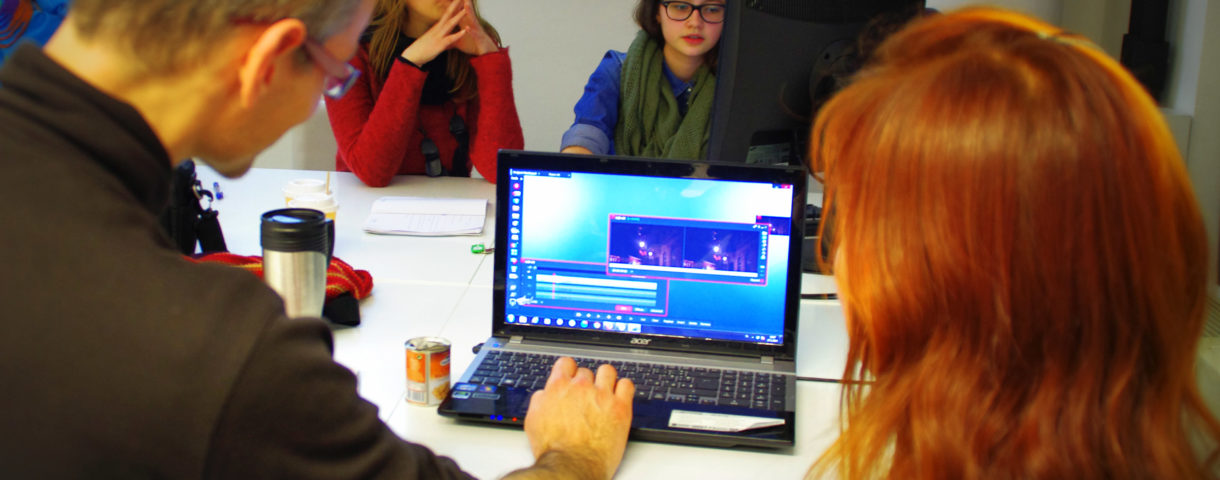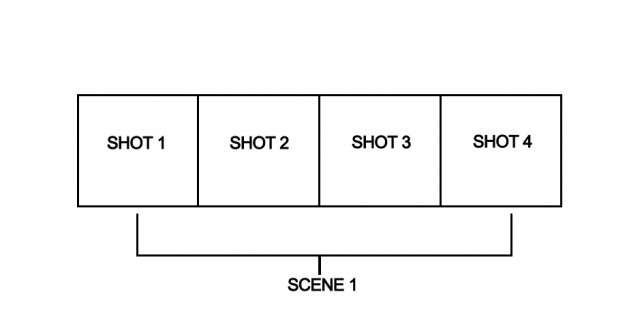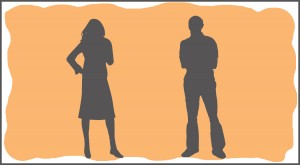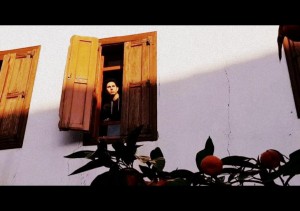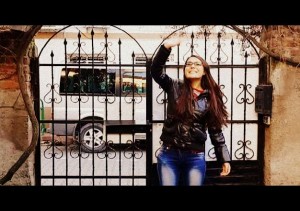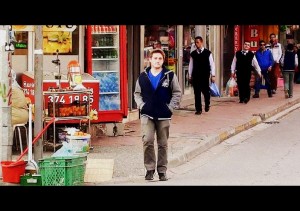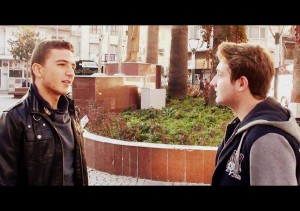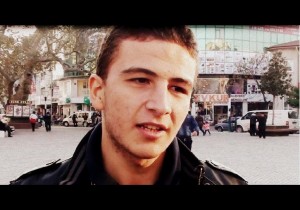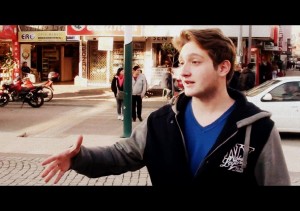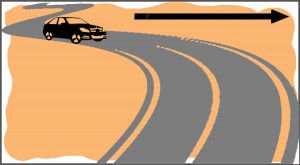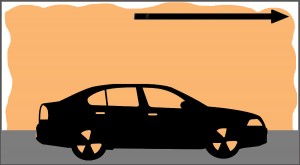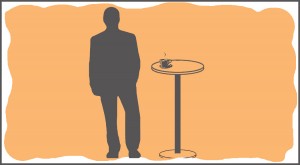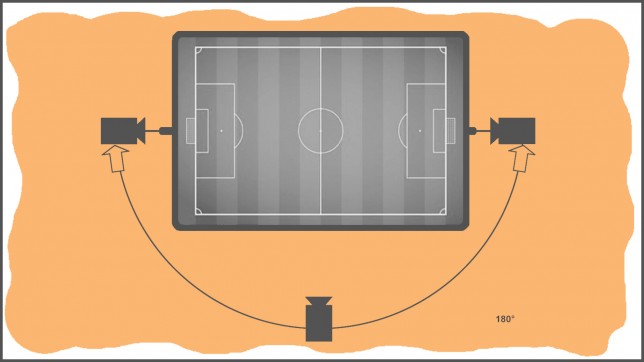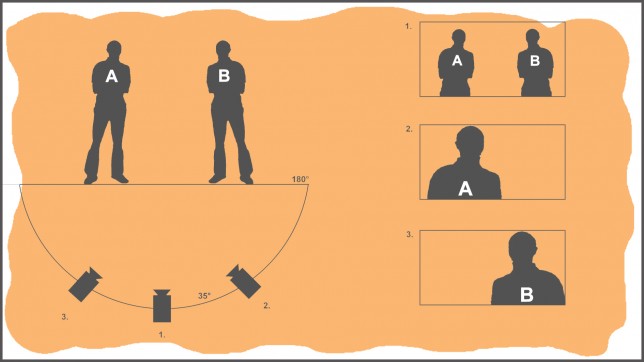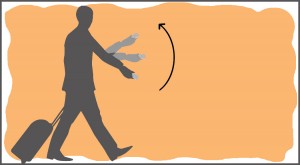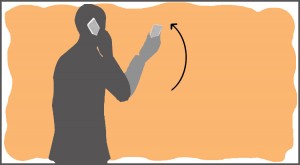Introduction
In this chapter you’ll learn how to combine shots into scenes and use scenes to create videos that are great to watch and easy to understand.
| |
Vision in action |
|
|
||
Equipment and tools
The basic equipment you’ll need for the exercises in this chapter is a camera. A tripod and editing facilities (a computer and editing program) will help if you’re keen to experiment.
Main section
When you plan a video or a film, you need to have a clear idea of the final result. This will help you structure the raw material you shoot in a logical way once you get to the editing stage.
On a very simple level, videos are combinations of several scenes. Each scene is filmed in one location, and focuses on a single action or activity over a continuous period of time.
Scenes are made up of individual shots. A shot is the uninterrupted chunk of video between two cuts.
The structure of a scene
Scenes are then combined together to make a film or a video.
The structure of a film/video
How to combine different shots
Combining different types of framing
A variety of framing, as well as different camera angles, can help you tell a story in more depth and from different points of view. You can also use them to introduce an alternative time perspective.
Aim to combine types of framing that are neither too similar nor too different. The framing of adjacent shots should be at least two ’sizes‘ apart in order to provide new information. At the same time, the difference shouldn’t be too extreme, unless you want to shock the audience. You can revise framing types in Camera basics.
Combination of total + waist shot = OK!
Combination of total + American = NOT OK! The difference is too small to provide new information.
Combination of total + portrait = NOT OK! The difference is too great and can surprise the viewer.
Shots filmed using a variety of framing and camera angles are connected either through transitions or clear cuts. Neither should be visible to the audience; viewers should be so emotionally involved in the story that they don’t notice the switch from one shot to another.
Film-editing programs offer various types of transition between shots – including cross-dissolve and picture push – although cuts in feature and documentary films are mostly clear. Over the years film-makers have worked out how to combine shots in ways that are unnoticeable to viewers.
Creating a film space
In the process of editing you can create a new space – one that doesn’t actually exist in the real world.
If you’ve seen a film where all of the action took place at the same house, there is a big chance that indoor scenes were actually filmed in several different houses or film studios. But the viewer assumes everything was filmed at the house they saw in the first shot.
This can be extended to shots taken in different parts of a city or in different countries. You could ‘fake’ a setting: a film showing the American Wild West could be filmed in Spain. Or you could use your imagination to design an entirely new environment and film a scene set in the future or on another planet. The use of different framing will help you show the space or situation from lots of different angles and in as much detail as you want.
Point of view
The point of view of the people or characters in the film is one of the key ways of defining the place where the story is happening.
If we see a person looking in a particular direction in one scene, we assume that the next scene gives us that point of view – that is, the thing the person is looking at. Even if the second scene wasn’t filmed at the same location, to the viewer it will appear as if it was. You start to transform real space into film space.
Examples of different points of view
Different framing and points of view can help to make any scene dynamic and engaging.
Take a dialogue for example. It would be far too boring to film the whole conversation in a single total shot showing both people in profile. Instead, use a variety of shots to show what’s going on and how each person in the conversation sees the other.
A dialogue scene using different framing and points of view
Creating film time
Films can have a time perspective that’s different from real life. For example, you could compress a lifetime into two hours. Or you could stretch an event into several scenes and show it from different points of view, thus creating a film that’s longer than the actual event.
You can shorten time by only showing those scenes that the audience absolutely needs to see in order to follow the story. And within each scene you could show an action just long enough for the viewer to understand what’s going on, unless you want to stress duration.
You can stretch time by showing an event from several different angles and from different people’s perspectives. You could even include additional material between shots. That way an event that lasts just a few seconds in real life can last a minute or longer in a film. This method is commonly used in sports TV programmes – for example a goal shown from different angles, perhaps in slow motion, and interjected with the reactions of people (coach, fans, team players).
Chronological order, flashback and flashforward
Events in a movie don’t have to be presented in a chronological order. You can start at the end and work your way back to the beginning, or combine different time periods.
The flashback is a device often used in films to take the story back in time from the current point. In turn, a flash-forward is used to show an image of the future.
More obvious types of transition – like cross-dissolve or another overflow – can be used here to show that the time perspective has changed. They can also introduce a dream scene, for example.
Film time and filming plan
The concept of film time means you can prepare a filming plan that minimises organisational efforts.
Scenes don’t have to be shot in the order dictated by the story. The action in a particular scene can be edited into the film as if it was happening at the same time as, or before, a scene that was shot days or months earlier. Scenes showing events that take place at different points in the plot can be shot on the same day – for example if both happen at the same location. In the case of feature films, this means that actors may have to perform at different stages of their character’s development in a single day.
Continuity of movement and props
As we’ve discussed, a single scene is usually made up of several shots that show an event from different angles, using different framing.
To make sure the audience can follow the story, it’s crucial that the direction of action is consistent through all the shots in the scene, and that you pay attention to detail. This is especially important if you’re not filming the shots chronologically or on the same day. If a car is moving from left to right in the first shot, it should still be moving from left to right in the next.
Example of continuity of movement
Similarly, if a person is wearing a coat in the first shot, they should still be wearing it in the next, unless you show them taking it of. If there is a cup of coffee on the table in the first shot, the cup should be present in the shot that follows, if that shot is part of the same scene.
Example of continuity of props
You can find continuity errors even in big-budget productions. Some people like to identify ‚goofs‘ and expose them online for fun.
Axis of action
To define the film space and help the viewer’s orientation, you should only ever film on one side of the axis of action. This means that the event is always seen from the same 180° plane.
This rule also applies to filming dialogues and other scenes that include angled shots in addition to shots from a camera placed in a central position. The angle between any two cameras should be at least 35°.
Example 1: Football matches are always filmed from one side of the pitch only. One team is always running to the right and the other to the left, so viewers aren’t confused about who is attacking and who is defending.
Axis of action
Example 2: Dialogue scene with additional angled shots.
Axis of action when filming a conversation
Cut on action
To connect two shots that show a continuous movement, make the cut during the movement. If the first shot shows someone taking a mobile phone out of their pocket (total shot) and the next shows them putting the phone to their ear (waist shot), make the cut in the middle of the movement.
The cut between the two shots won’t be registered by the viewer’s brain. Viewers experience a very smooth switch or are so involved in the action that they don’t notice the change in framing.
Cut on action
Explain all sound sources
Viewers might be confused if they hear a sound but can’t see where it’s coming from – for example the barking of a dog they can’t see. That’s why the sources of sound for an ongoing action should be visible.
Combination of different framing, points of view and continuity of movement
How to combine different scenes
Combining scenes to make a film/video
How you put your scenes together to create a complete video or film will be dictated by your script and your storyboard. For tips on coming up with good stories for film and writing storyboards, see Writing a synopsis, script, storyboard and shooting schedule and Plot and character analysis.
You’ll also need to decide on a style for your scenes, so that your film has a consistent look and feel throughout. You can establish this by using the same light keys, colours, types of camera movement, principles of photography and type of editing across scenes.
Common mistakes
- Shots are too long and boring, or they are too short and the audience can’t follow the meaning.
- The film space is not consistent. Elements are not arranged in the same way from one shot to the next, or are missing without explanation.
- Subjects don’t move in the same direction in adjacent shots. The film space is affected, and the viewer can’t tell if the subject is returning or progressing.
- Filming on the other side of the axis of action. This is not necessarily a mistake if your aim is to confuse the viewer or show a new background.
- Scenes or shots are badly linked. There is no explanation of how a new location is connected to the previous one.
- There aren’t enough different shots, or types of framing, to narrate a scene well and keep the audience engaged. Or there are too many different shots / types of framing, some of which are unnecessary and don’t provide new information.
Exercises
- Use of different framing: make a short video showing a person doing something, for example sitting at a table and drinking coffee. Use at least five different shots with three to five different types of framing to show the action. Respect the rules of framing combination.
- Point of view: make a short video showing people’s faces followed by objects or places they could be looking at. Film the faces and the ‚points of view‘ separately, at different locations, then match them up. Which combinations of face and point of view work, and which don’t? Why? Does this change if you add particular types of music or sound?
- Film space and film time: watch a film, and observe how film space and time are created. How are shots and scenes combined, respectively? It’s best to mute the sound so you can focus on the picture.
- Film time: make two short videos showing a person going from one place to another (for example from his house to the shop). In the first video show the action in 15 seconds, and in the second in 2 minutes. Both videos should be set in the same location. Compare the length of the videos with the length of time someone would need to perform the action in real life.
- Point of view: make a good example of a dialogue scene as described above.
Related topics and links to external resources
Chapter: Camera basics / Film editing
Methodology
We only described the basics of film structure in this chapter, but there are still plenty of tips for you to take away.
The challenge now is to put your new knowledge into practice. This should start at the script-writing stage and continue throughout your shoot. You may want to return to this chapter in future, for example when you have a bit more filming experience and you can put our advice into context.
Deciding what to show in a film, and how, is a complex process that opens up many opportunities to be creative. Feel free to break the rules and experiment. Make a storyboard, then read these guidelines again and correct it if necessary.
Whether you are learning by yourself or leading a group of young people through the process, pick a topic that interests you and link the exercises to the topic. Your motivation will be stronger, you’ll enjoy editing the clips more, and the final result will be better.
Terminology
scene, transition, cut, film space, point of view, film time, flashback, flash-forward, continuity of movement, axis of action, cut on action

